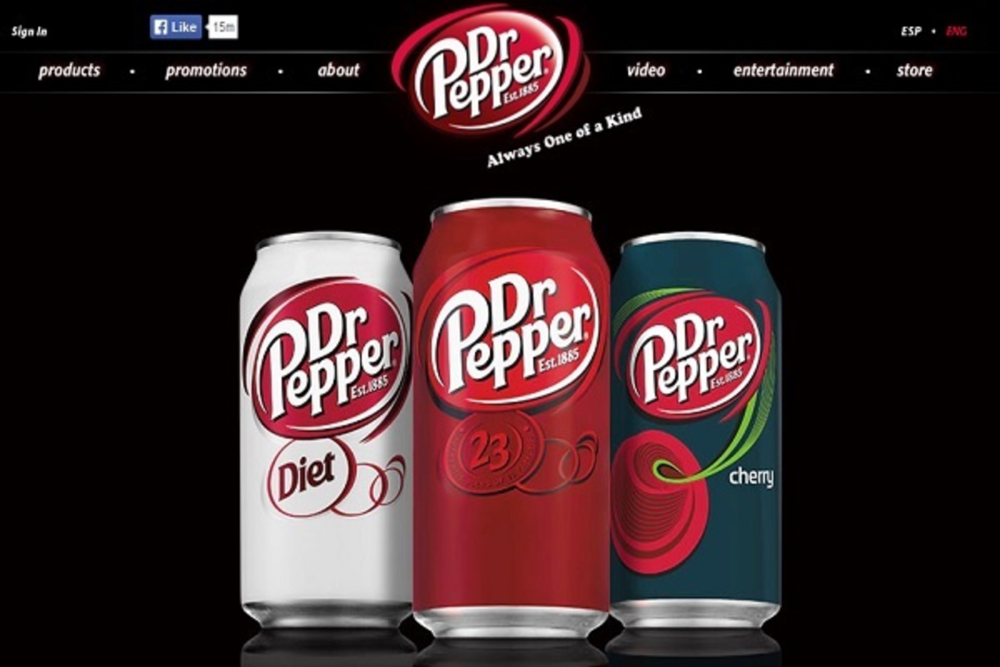Merriam-Webster dictionary defines influence as “the power to change or affect someone or something.” After all, power isn’t just in reach; it’s in influence. Marketers for soda brand Dr. Pepper say they decided to harness the prodigious force of influence to draw attention to its products and prompt actions from its target consumers.
So, from June through August—and with tools from social influence company Speakr—the marketing team at Dr. Pepper built an entire campaign around Spike TV’s music comedy program “Lip Sync Battle,” where celebrities battle each other with lip-sync performances.
Congrats @StephenMerchant, this dance move cannot be unseen! The fans have spoken. #OneofaKindMoment pic.twitter.com/Hcoy6eRG2c
— Dr Pepper (@drpepper) May 8, 2015
But the campaign didn’t depend solely on the sponsorship of a show laden with celebrity battles, such as contests between actors Terrence Howard and Taraji P. Henson, superstars Queen Latifah and Marlon Wayans, or Justin Bieber versus Deion Sanders. Instead, the campaign also solicited influential consumers who battled it out in a lip sync booth for fans in Times Square. And the marketing plan targeted fans of the soda brand and the show, encouraging them to make their own lip-syncing videos, which Dr. Pepper featured in weekly GIF spots on social media and on television.
“This is the first time we’ve used influencers to this magnitude,” says Andrew Barker, director of media investment and content planning at Dr. Pepper Snapple Group. “For us, it’s really about content creation, and influencers have such a broad network of followers to share that content.”
Those influencers include social media powerhouses like Liane V, who has four million Vine followers and two million Instagram followers, and Don Benjamin, who has one million Instagram followers. The influencers created content on the spot with Snapchats and Periscope streams. Fans of the brand, the show, and of the social media stars voted for their favorite performance over a 24-hour period; Dr. Pepper sent out tweets crowning the people’s choice winner using #OneofaKindMoment and a GIF of the performance.
Want to be a lip sync star? Post your #OneofaKindLipSync for a chance to be on TV. Details: http://t.co/BWwOWv5EGf pic.twitter.com/qaj23MMw0t
— Dr Pepper (@drpepper) July 10, 2015
Marketers for Dr. Pepper, however, wanted to go beyond a basic advertisement or sponsorship and boost interactions and optimize consumer influence. “Ultimately, the goal was consumer engagement. We wanted to get people to participate in a unique, light-hearted, one-of-a-kind way…,” Barker says. “We’re going to measure success by looking at all the engagement that went on: uploads of videos, shares on social media, use of the two hashtags we created. Those will help determine how much consumer engagement we were able to drive. And, ultimately, that engagement reveals how relevant our brand is to the show and its fans.”
Barker says the idea was to leave a physical footprint with its target audience; i.e. allow fans to come to Times Square, vote for their favorite social media stars, and have one-on-one interactions with Dr. Pepper. He adds that marketers for the brand managed to create a broader, more memorable story—a narrative that includes consumers’ stories and doesn’t just rely on ads.
“We’ve learned that our ideal influencer is someone who is that extension of what we’re trying to do from a brand perspective: boost advocacy and engagement,” Barker says. “The right influencers help us reach a core consumer group—like millennials—who we may not be able to reach otherwise. Influencers add a nice, transparent layer of connectivity that traditional mediums simply can’t.”








